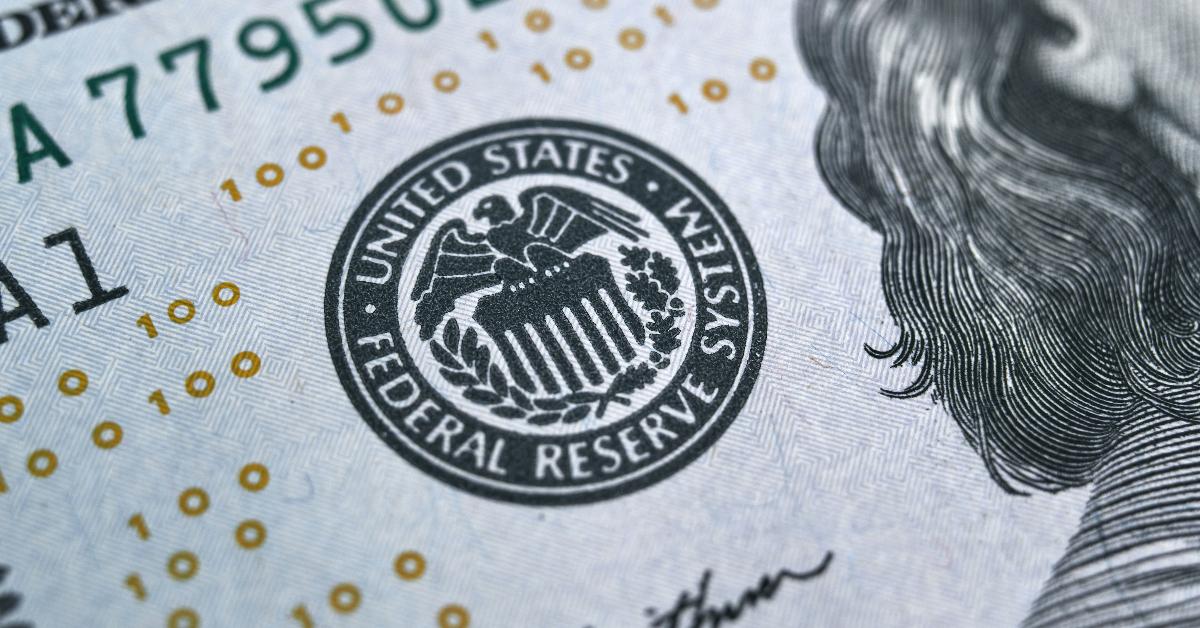
How the Fed Undermines Prosperity
The term “roundabout” is not normally associated with efficiency, unless you’re an economist. Yet roundabout methods—when applied to production—are the key to prosperity.
Eugen von Böhm-Bawerk, the great Austrian economist of the late nineteenth and early twentieth centuries, provided examples illustrating how this idea works. Consider a farmer whose source of drinking water is some distance from his house. Whenever he gets thirsty, he can go to the spring and drink from his cupped hands—a nice, direct satisfaction of his needs. If “efficient” means to act directly to produce an effect, then it might appear the farmer has behaved most efficiently. However, he’ll need to slake his thirst several times a day, plus he has other uses for the water.
How efficient is his direct means now?
So, the farmer questions his methodology and decides to fashion a bucket from a log. With a suitably large bucket, he could carry a day’s supply of water back to his house. “The advantage is obvious,” Böhm-Bawerk writes, “but it necessitates a roundabout way of considerable length.” First, the farmer must fell a tree, but before he can do that, he must acquire an axe, and so forth.
Let’s assume this poor farmer is nearsighted and has a need for eyeglasses. Can he satisfy this need directly? Apparently not. He requires ground lenses and a steel frame, but nature offers him only minerals that require a great deal of transformation before they will serve his purpose. Such a transformation is very likely to be well beyond his abilities.
These roundabout means of production raise a few questions:
The farmer is spending time building such things as buckets, not gathering food. How is he going to eat?
The farmer might build a flawed bucket, rendering it useless. Is it worth the risk to invest the time to try and build one anyways?
Before a farmer can fashion a bucket, he must know what one is. Where does he get this knowledge?
Thus, we come to a profound truth: roundabout methods of production are greatly beneficial, but they require time, risk, resources, and resourcefulness at the minimum.
Economists call these indirect methods of producing things “capitalist production.” They’re called “capitalist” because the intermediate products used in creating the things we consume are called “capital goods.”
However, time spent constructing capital goods is time not spent acquiring consumer goods needed for sustenance. How do we pay for this diversion? With savings—either ours or someone else’s. Ludwig von Mises writes, “Saving and the resulting accumulation of capital goods . . . are the foundation of human civilization.”
Here, we’re reminded of a great untruth, plastered above the entrance to the Internal Revenue Service building in Washington and attributed to Oliver Wendell Holmes: “Taxes are what we pay for a civilized society.” To believe this untruth, we would have to believe that theft—not savings and capital goods—promotes civilization.
The Federal Reserve Causes Misallocation of Capital
Entrepreneurs need to estimate the likely success of their undertakings. For that, they rely on economic calculation and the market price system. You and I determine prices by our buy and sell bids in daily voluntary exchange. Thus, prices are constantly fluctuating. Unlike the ruling elite of a planned economy or participants in a world of barter, consumers in a market economy are the ones that issue entrepreneurs a profit and loss report about the accuracy of their calculations.
Even with the best price information, entrepreneurs know their forecasts may be unsound. According to Israel Kirzner, Mises found two defects in prices: their inability to “capture the significance of nonpecuniary costs and benefits and in the measurement problems arising out of the fluctuations in the value of money.”
In today’s regulated economy, the value of money is set by the Federal Reserve. The alleged purpose of central banking is to provide “macroeconomic stability” by controlling inflation. What it does instead is help finance deficits by purchasing government securities. It also serves as a state-backed cartel for the country’s private commercial banks, protecting them against bank runs in its role as a “lender of last resort”—a misnomer since dollar holders are truly the involuntary last-resort lenders.
Far from controlling inflation, the Fed serves as the engine of chronic price increases through its expansion of the money supply. The Federal Reserve issues a fiat currency backed only by legal tender laws, a euphemism for government guns. Increasing this money supply will only bid prices up, over time. The Fed acts as if this fundamental fact can be ignored.
Raising taxes has been known to incite revolution. However, the legal counterfeiting practice of central banking is far safer because its theft is less visible. Instead of having fewer dollars as a result of more taxation, consumers have weaker dollars as a result of counterfeiting. Their pockets have been picked in the form of higher prices.
What effect does the Fed’s counterfeiting practices have on the economy, specifically on the engine of prosperity, business capital? As Murray Rothbard explains in For a New Liberty: The Libertarian Manifesto, before the late eighteenth century, there were no overall boom–bust cycles. Business would normally run smoothly until it was struck by some identifiable cause, such as a war or drought.
By the nineteenth century, there were two explanations for the business cycle: one blamed industry, and the other pointed to the practices of commercial bankers. Since the people had conceded monetary control to the state, blaming the banks was essentially putting the blame on the government.
The English economist David Ricardo and his followers theorized that the bust was not inherent in a market economy but was instead a necessary consequence of the preceding inflationary boom that the government created by interfering in the monetary system.
However, Ricardo’s theory left at least two facts unexplained: (1) the economy as a whole suffered, implying a widespread breakdown in forecasting among businesspeople, and (2) both booms and busts were and have been much more severe in the capital goods industries.
Mises augmented Ricardo’s analysis by pointing out that cheap credit not only raises prices, it also sends misleading signals to businesses. We have seen that savings are a necessary precondition to produce capital goods. When people show a preference for saving money, interest rates on loans tend to be lower. On the unhampered market, the interest rate becomes a reliable signal to businesspeople that authentic savings are available for capital goods investment.
When the government artificially forces the interest rate down by increasing bank credit and bank money, we get the same market reaction but with radically different results. Businesspeople borrow to invest in capital goods, believing the economy is thrift minded. However, people aren’t really saving more; they’re spending their money on consumer goods—inflation discourages savings. Business borrowing, therefore, doesn’t match consumer preferences; businesses then tend to overinvest in capital goods and underinvest in consumer goods.
The economy would run fine by itself. The problem is the government’s meddling in it using the central bank. “Full” recovery may be attained when businesses start taking out capital loans, but permanent recovery will only come when monetary control is returned to the market and the Federal Reserve is abolished.



